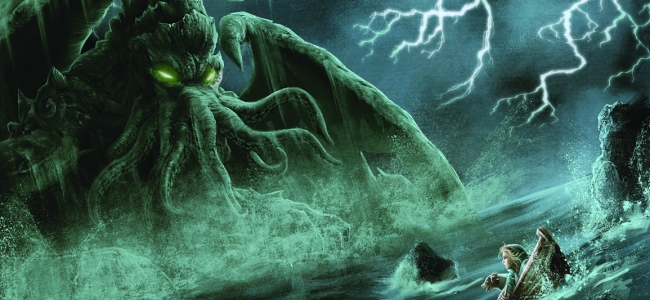Do you think you could design and create a 3D printed habitat that would be viable for deep space exploration? While that might sound a bit far-fetched, NASA is currently looking for someone who can do just that.
If you think you can swing it, by putting together an efficient design that would be useful for habitation on a planet like Mars then you could potentially win $1.1 million dollars.
What Are You Talking About?

NASA and the National Additive Manufacturing Innovation Institute — or America Makes — have teamed up for a competition that will dole out a total of $2.25 million to winning contestants. It’s called the 3D Printed Habitat Challenge.
The goal is to create the design for a 3D printed habitat that can be constructed using a combination of indigenous materials and recycled waste from a spacecraft.
As NASA says, “Shelter is among the most basic and crucial human needs, but packing enough materials and equipment to build a habitat on a distant planet would take up valuable cargo space that could be used for other life-sustaining provisions.”
Naturally, instead of filling a shuttle with prefabricated materials that can be used to construct a living space on a distant planet, they want to be able to do it with resources harvested from the host planet, as well as available parts from a spacecraft.
There are two phases of the competition, each of which offer separate prizes for the winning contestants. In addition, NASA claims that the designs and concepts created by these contestants “will help [them] build the technical expertise to send habitat-manufacturing machines to distant destinations, such as Mars, to build shelters for the human explorers who follow.”
Phase one of the competition runs through September 27, 2015. Contestants must create “state-of-the-art architectural concepts” that make use of 3D printing techniques and hardware. The top 30 contestants will be judged, and the first place winner will bring home $50,000 for their hard work, to be awarded at the 2015 World Maker Faire in New York.
Phase two will be divided into two levels, with a winner for each. Registration for these levels starts on September 26, 2015 and the winners will receive $1.1 million. One level — the Structural Member Competition (Level 1) — requires contestants to come up with technology that may be used to build a habitat out of natural resources and recyclables. The other level — the On-Site Habitat Competition (Level 2) — requires contestants to actually design and build habitats using natural resources and recyclables.
If that description confuses you a bit don’t feel bad. In short, one level deals with the technology that can be used to print these habitats and the other level deals with actually constructing them.
What Is the Point?
As crazy as it sounds, there may come a time when we need to leave our planet and venture forth into deep space. We’re not on any kind of fast-track to have distant planets colonized by tomorrow, however it’s clear that NASA is looking ahead. Since the organization has always looked to the stars so-to-speak, this competition should allow them to take that ideology a step further.
Imagine if it was possible to equip spacecraft with a large 3D printer; it wouldn’t take up as much room as carrying the materials for a habitat outright. Even the resources needed to print said habitat would take up less space, than say carrying a living pod or portable shelter. In addition, the extra space left open could be used to carry more resources such as plant-life, food, tools and more.
Once the craft reaches a habitable planet, those onboard could simply “print” their shelter and construct it on the surface. If the habitat is ever damaged, or needs to be extended they could use materials gathered from the planet to make the necessary renovations. In a sense, it would be sustainable and that’s extremely important when you’re out in the middle of space with no way to receive quick supply drops.
Sure, this is just a contest at this point, and many of the designs will be nothing more than concepts but they could be used to create something like what’s described.
Of course, we have to make the trip to a distant planet first, but that won’t happen until at least 2027.






One Comment